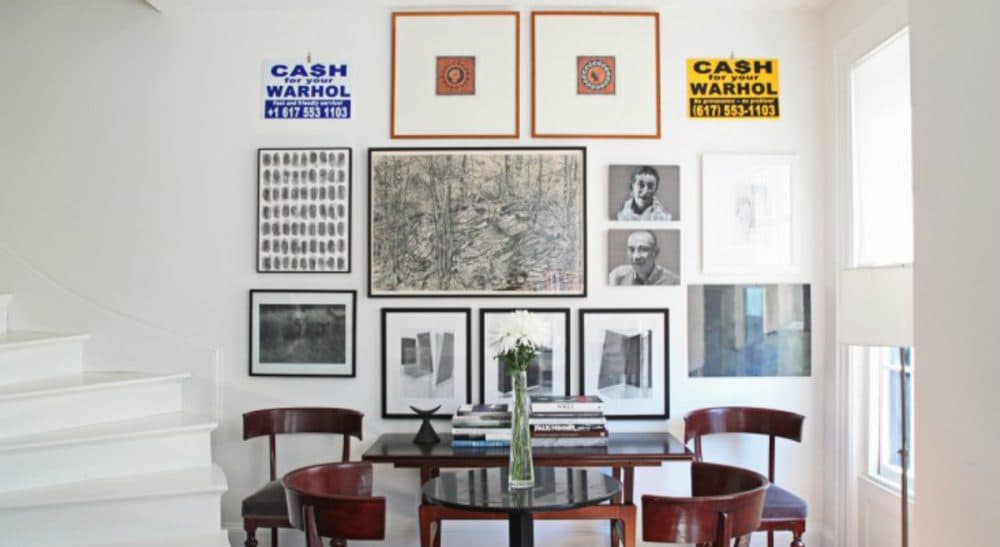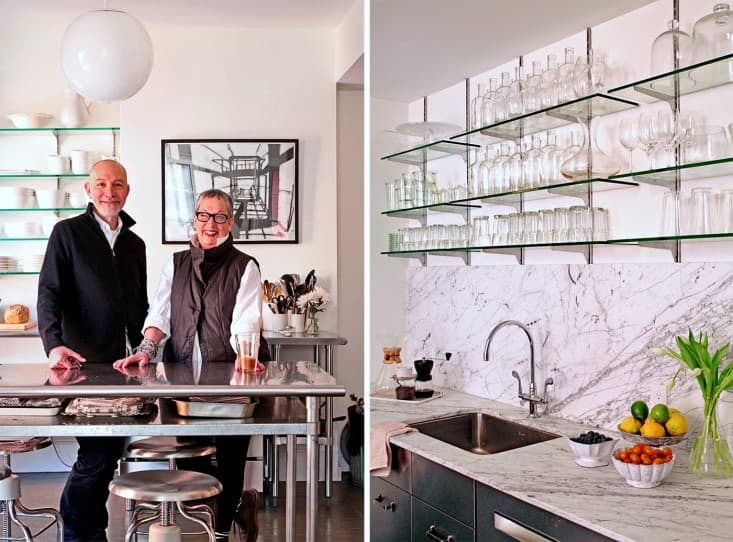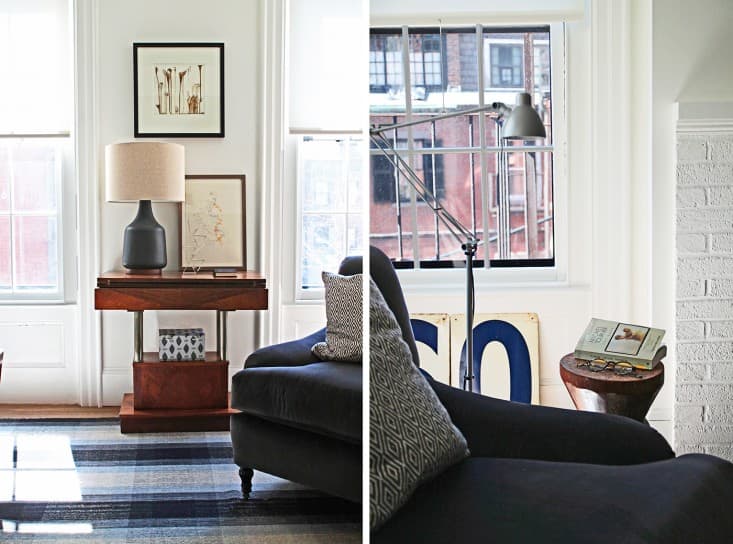Advertisement
Marie Kondo Be Damned. I'm Keeping My Stuff.

Recently there’s been a spate of magazine articles, blogs and books offering practical advice on how to get rid of stuff. Devotees of this pared down aesthetic are evangelical. Suggestions for the best ways to purge seem limitless.
Some insist it’s a numbers game. Throw out most of the jars in the spice drawer and keep just two sets of bed sheets in the linen closet. More than two towels per person per household are not necessary. And forget Tupperware.
Others believe in a self-help approach. Admit to having too much stuff and a commitment to collecting will be cured.
But the most popular approach — judging by the number of weeks “The Life-Changing Magic of Tidying Up” by Marie Kondo has been on The New York Times Best Seller List (43 as of this writing) — seems to be a spiritual one.
much of [Kondo's] advice becomes vague when considering the stuff that symbolizes the intimate trappings of our lives, the stuff that gives a home a palpable sense of the inhabitants, the stuff that makes a house sing.
Converts to the KonMari method site fresh relationships, new jobs and exotic travel as just a few of the rewards of living without stuff. Kondo guides new converts through a process that honors each item before ditching it. To paraphrase, “Thank you, Pyrex bowl, for providing a wonderful vessel for mixing brownies, but the time has come to say goodbye.” This way of thinking is not without its merits. No one needs more than one set of dishes. And it does get hard to negotiate around too much stuff.
But much of this advice becomes vague when considering the stuff that symbolizes the intimate trappings of our lives, the stuff that gives a home a palpable sense of the inhabitants, the stuff that makes a house sing. Shaped by family and friends, a house evolves over time to become a repository of experiences. At its best, it lives and breathes and has stories to tell.
This month marks the first anniversary of an overdue overhaul of the house that my husband and I have lived in for almost 30 years. The house’s first renovation, which was larger and more costly than this recent undertaking, came shortly after we purchased the four story tenement building on the north slope of Beacon Hill. That time, we moved across the street and rented an apartment, where, from a fourth floor window, we watched as any sign of the former tenants was expunged, loaded into huge blue dumpsters along with the old sheet rock. It was a year before we moved back in, just in time for our daughter to start school and our son to be born.
Advertisement
Unlike that first, carefully planned renovation, this one began more casually. A response to a stove with only two of its four burners intact, scuffed walls, a sofa whose linen slipcover drooped like the knees on an old pair of sweat pants, and piles upon piles of stuff.
We called a contractor friend to help build a new kitchen — while we were replacing the stove, why not the refrigerator, counter tops and back splash? Roman and his crew gave the place three coats of fresh white paint. We found new fabric for the sofa and, while we were at it, for the dining chairs, too.

Readying the house for the onslaught of craftsmen, we took stock of all the stuff we had accumulated over the years. This included, but was not limited to: ashtrays, an errant oval-shaped dish, two dozen vintage floral tablecloths, 50 green vases, a pile of paisley-patterned, somewhat moth-eaten wool blankets and books. So many books, in fact, that they filled floor to ceiling shelves in three rooms of our house.
Selecting new appliances was easy. Deciding on paint colors took no time at all. But in figuring out what to do with all the stuff, we faced a more daunting challenge. We ultimately developed a few de-acquisition approaches of our own:
We philosophized. We hadn’t smoked cigarettes or made tuna noodle casserole for 20 years. And our collections of things could be edited down to one floral tablecloth that we’d pull out at the first sign of spring and a few vases that we used every Thanksgiving.
We recycled. Friends, relatives, or anyone else who showed the slightest interest and who wasn’t grappling with their own, unused, unnoticed stuff were offered our cast-offs.
Selecting new appliances was easy. Deciding on paint colors took no time at all. But in figuring out what to do with all the stuff, we faced a more daunting challenge.
We donated. We brought 20 trash bags to Goodwill, called 1-800-Got-Junk twice, and managed to cull the piles of books to a manageable number — donating 18 boxes to an on-the-job training program that sorts and resells them.
In the end we kept a lot of stuff. The bright blue warrior’s shield made in a fourth grade art class to re-enact the Greek Olympics. The stack of neatly folded sports team t-shirts - the wearer 12 years older and a foot taller than when they were first purchased. The floral hatbox filled with baby-sized shoes. Self-portraits drawn of a 4- and a 6-year-old. My mother’s cut crystal fruit bowl, the one we fill with berries every summer. Our heart rock collection.
Without that stuff — the evidence of our life here — the house would feel impersonal, impervious to the events that shaped it. The house would fall silent.

Editor's note: These photographs, which were reprinted with permission, were taken for an April 2015 feature about Cheryl's home on the design blog, Remodelista. See more here.
